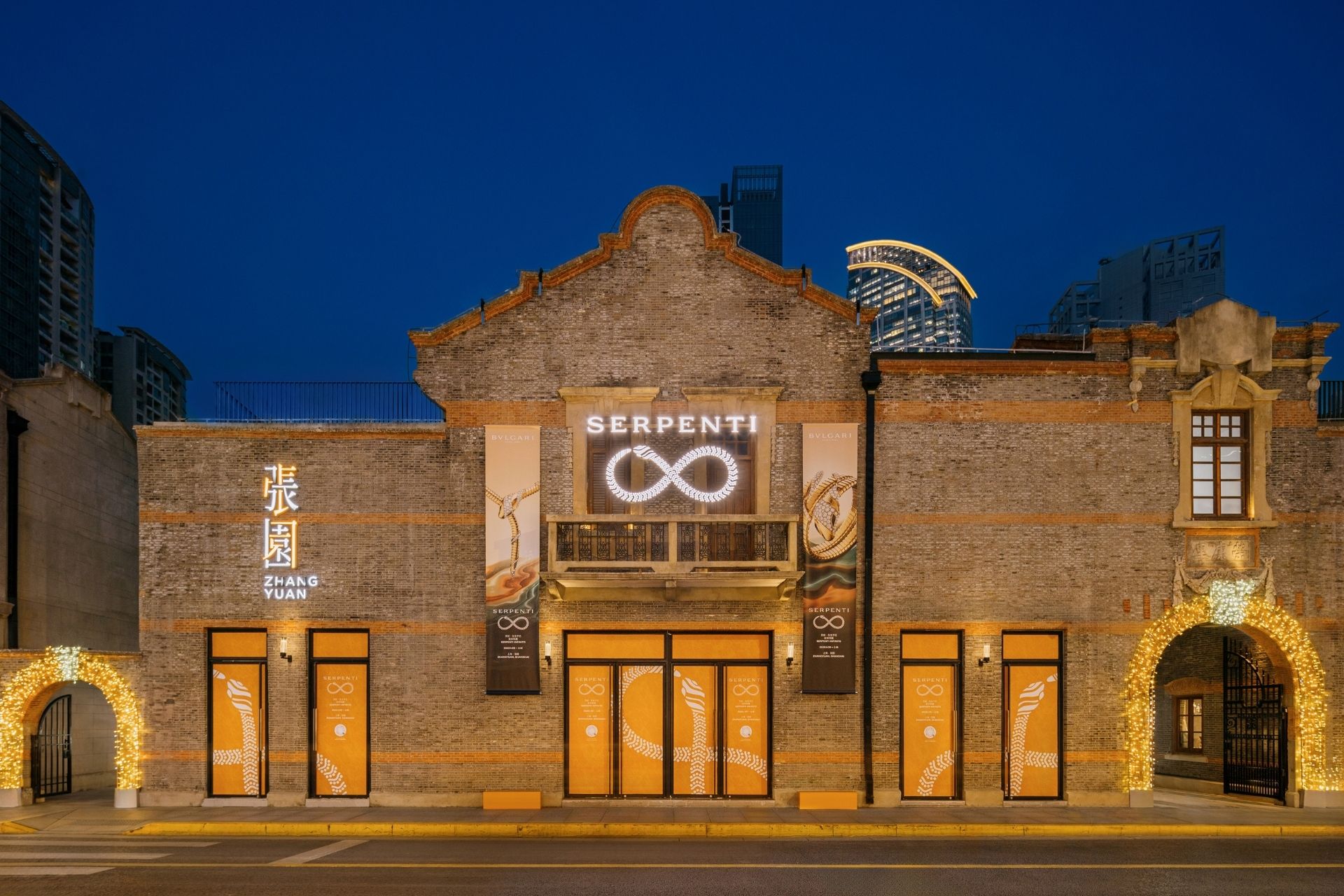With the rapid development of digital properties outside of the Official Account, such as Mini Program, Channels, and WeCom, brands can provide even richer experiences to users within the WeChat ecosystem. DLG (Digital Luxury Group) and JINGdigital examine how luxury brands fared on WeChat in the previous year and the opportunities ahead.

On 31 May, WeChat officially announced the debut of the 618 livestreaming shopping festival on Channels, marking the first time WeChat has taken part in a Chinese online shopping milestone. Merchants with their own Channels account could redirect users to Mini Programs for purchasing via a livestream session. Unlike online marketplaces such as Tmall and JD.com, WeChat does not provide platform-wide discounts to customers directly. Despite the disappointing performance of Tmall and JD.com this 618, many small players on WeChat recorded millions of RMB in sales through livestreaming in a matter of days.
This further illustrates how WeChat has grown into a mega digital hub over the years. Now boasting over 1.27 billion monthly active users, WeChat allows brands to effectively reach consumers at all stages of the consumer journey with e-commerce, entertainment, and other experiential functions available across its wide range of digital properties including the Official Account, Channels, Mini Programs, and WeCom.
With the evolution of the wider China digital ecosystem, new challenges have risen. How can brands continue to develop their WeChat ecosystem in order to better capture, nurture, and optimise their WeChat communities? The latest WeChat Luxury Index 2022 jointly released by DLG (Digital Luxury Group) and JINGdigital dives into these topics and gives brands a fresh perspective on things, offering frameworks and case studies to guide their future strategies.
Current State of the WeChat Community
With an increasing number of brands entering China and establishing a digital presence in the market, the WeChat ecosystem is becoming more and more saturated. As such, luxury brand WeChat communities were observed to have grown at a slower rate in 2021 compared to 2020.
This, however, is to be expected once a platform reaches critical mass. Brands should then shift their focus to sifting out the most effective recruitment channels and better leveraging them. According to the study, Search and QR Codes are the top two most efficient recruitment channels, with Search accounting for 37.56 per cent of all new recruitment. It was also the top recruitment channel in 2020, accounting for 33.7 per cent of recruitment.
Credit: DLG (Digital Luxury Group)
Followers acquired through Search are also more likely to interact with brands on WeChat, with over 23.39 per cent of followers acquired through the Search channel being active on the brand’s Official Account. While QR Codes are also an effective recruitment channel, followers recruited through this channel tend to be comparatively less active – but this could also be the result of them being at a later stage of the consumer journey by nature of where these QR Codes are usually introduced (i.e., mostly in offline stores). As such, these followers are also less likely to unfollow the brand later on.
Engaging with Purpose
Menu clicking is still the most popular user action on Official Accounts, accounting for 77 per cent of total interactions. In addition, over 76 per cent of these menu click actions were CRM or e-commerce-related, demonstrating that consumers are increasingly interested in the services or experiences that brands offer on WeChat, rather than pure informational content.
Credit: DLG (Digital Luxury Group)
Post interactions, on the other hand, have decreased year on year, from 10 per cent to 7 per cent, further emphasising that consumers do not typically engage with brand content in the WeChat environment. As such, brands should not be overly focused on engagement metrics related to content (e.g., favourites, comments, shares).
Communicating Outside Official Accounts
With the rapid development of the ecosystem, users are now able to interact with brands on a wider range of digital properties outside of the Official Account, but still within the WeChat environment. For instance, Mini Programs can provide users with various services spanning e-commerce, entertainment, and membership, while Channels can allow brands to reach a wider audience through videos and livestreams. Channels, a video feature introduced less than three years ago, has now accumulated 450 million monthly active users.
“Channels is a brand’s only digital property within the WeChat ecosystem that allows it to reach users in the public domain,” says Pablo Mauron, Partner & Managing Director China at DLG (Digital Luxury Group). When an existing follower likes a video from the brand, the video will automatically show up in the Channels feed of that user’s friend as well. “The algorithm allows brands to tap into second degree contacts – the WeChat friends of their existing followers – so users who are not part of the community can potentially interact with brand content,” he adds. “This makes Channels an interesting acquisition channel for users. Brands can make use of it at the awareness stage, then drive users to either the Official Account or Mini Program, capture these profiles there and nurture them over time.”
Credit: DLG (Digital Luxury Group)
By developing the right content, functions and services on different touch points on Official Accounts and Mini Programs, brands will then be able to better support the Interest, Purchase, and Loyalty phases of the consumer journey, turning their followers into customers.
Capturing User Data
Over 81 per cent of the behavioural data collected on a regular basis by the brands in this study come from Mini Program actions, which is collected via a software development kit (SDK). In contrast, only 19 per cent of them are from Official Account activities, which is extracted with the help of the WeChat API.
By capturing a wider range of data points, brands will be able to build more detailed consumer profiles, which will allow them to design better consumer journeys and develop life cycle communications to target each stage of the journey.
Credit: DLG (Digital Luxury Group)
“The starting point for all of this is a strong CRM infrastructure,” says Kun Hsu, President at JINGdigital. “Besides transactional information, which is typically offered through traditional CRM channels, brands are also able to obtain an additional layer of behavioural data on WeChat with the right integration and tracking tools, allowing them to deliver personalised messages and content at the right time, at appropriate points of the user journey, and effectively activate their consumers.”
For more insights and frameworks on how brands can better capture, nurture and optimise their WeChat communities, download the full WeChat Luxury Index 2022 and watch in the DLG Webinar Series #10: WeChat Performance Indicators that Matter at the links below.








